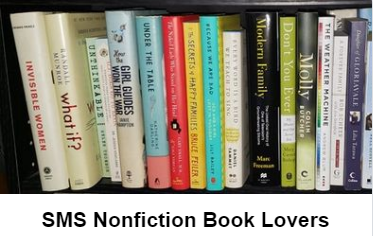A book review of Raising Emotionally Healthy Boys by Michael Reist
Stars: ***
Dundurn (2015)
Parenting>Boys
208 pages
Disclosure: I received a copy of this book in exchange for an honest review. This post contains affiliate links.
Summary: We all know that repressing our feelings can be damaging, and that emotional repression is an especially prevalent issue among males. From a very young age, boys are socialized to hide their emotions. Girls, on the other hand, are encouraged to learn a much broader range of emotional expression. The long-term repercussions of this imbalance are profound.
Many of the problems we face, both as a society and as a species, are directly affected by how we raise our boys. We are all products of nature and nurture combined. The conscious and unconscious lessons we give our children often enhance and improve their human natures, but can sometimes degrade them, too.
As we come to the end of thousands of years of patriarchy, we are being challenged to redefine masculinity. Our boys are lucky to be living in such a time, and luckier when they have adults in their lives who are aware of how their minds function and what they need. If we want to raise men who are strong, confident, and whole in the best sense of these words, then parents around the world urgently need a conversation about what we teach ― and don’t teach ― our boys.
Raising Emotionally Healthy Boys
I received this book in 2015 but it got ignored and bypassed accidentally and I just now got to it. It’s important to note this because there are some cases where the book would be better if it was updated. So if I had reviewed it in 2015 it would probably have had a 4 star rating. But now it needs to be updated. 2015 might not seem like that long ago but there are some slightly outdated parts. But not outdated enough that you can’t read it.
I have more girls than boys and as a woman myself and a past Girl Guide leader, I’m more comfortable with girls. The first thing I read that made so much sense is this:
“In talking with boys, we have to learn to wait. We have to be comfortable with silence. In my one-on-one work with boys, I think the thing most observers would notice are the periods of silence, the times in between when nothing is said because both of us are thinking – thinking about what was just said or what we want to say next. It always amazes me what comes out when I am quiet and wait.”
pg 38
Another thing I found really helpful was the part that talks about separation and mama’s boys.
“Some boys remain strongly attached to their mother longer than others. They are variously described as mama’s boys or clingy. But these boys just have a different threshold of tolerance for the kind of stimulation separation from the mother inevitable brings. They are on their own developmental timelines. We would never pull a half-formed butterfly out of its chrysalis. We would never take a tadpole out of the water and force it to hop. But we do these kinds of things all the time with children.”
pg 92
Bad Parents
One part of the book I did not like was chapter 7. It’s labelled Bad Parents. The author tries to say he is saying what not to do. He says
“If we use the term bad parents, some parents will worry that they are being described. Others will be interested to hear “those parents” being described. Some parents feel insecure and vulnerable to judgement about their parenting. Others seldom question the validity of their approaches. […] We may not be able to make a to-do list for parenting, but we can perhaps make a “don’t do” list. One way to define something is to say what it is not, so we can start to find out what good parenting is by thinking about what bad parenting looks like”
pg 82
The problem with this is if you read what not to do and you are doing it, that still sounds like you are being called a bad parent. I don’t think that term should be in the book at all.
Overall it’s a good book for raising boys but as I said, it needs an update and that bad parent part taken out. I love that it’s Canadian. What needs updating is the talk about gender identity and online gaming. They are mostly up to date and include the gender spectrum and how online gaming works. However it’s a little out of date. For example the first sexless person is mentioned which is not called asexual and isn’t as rare.
Buy Raising Emotionally Healthy Boys at Amazon.com and help support the blog.
Find Raising Emotionally Healthy Boys at Goodreads.









